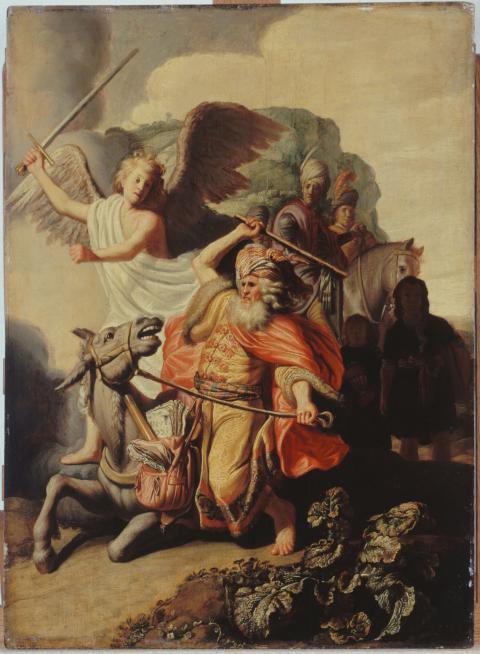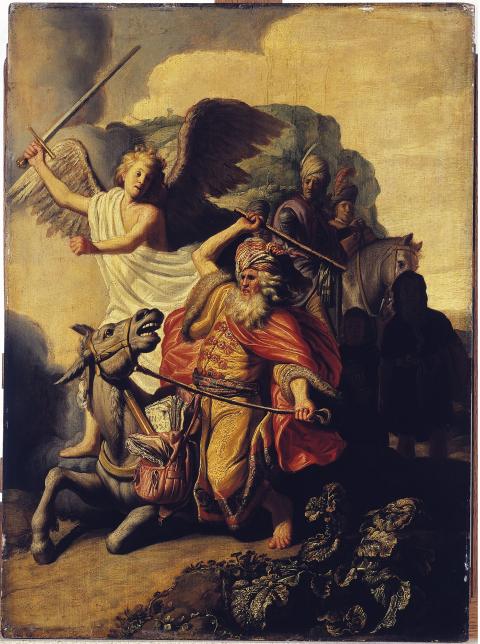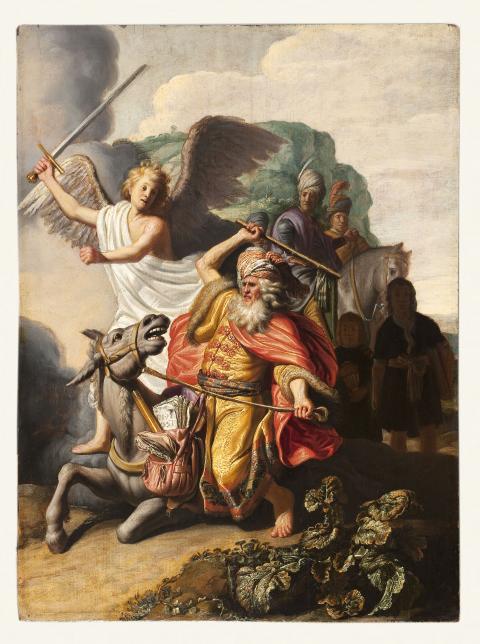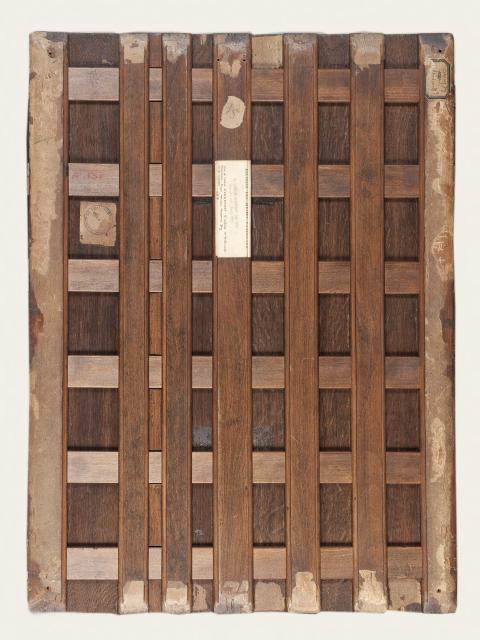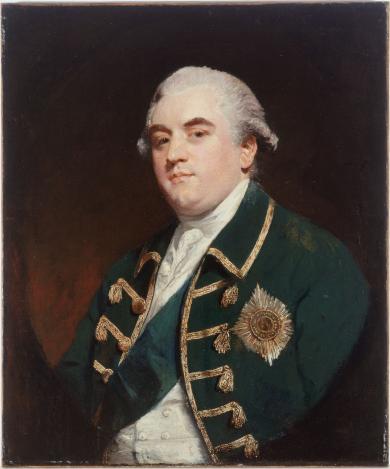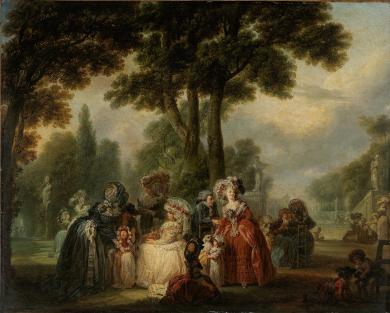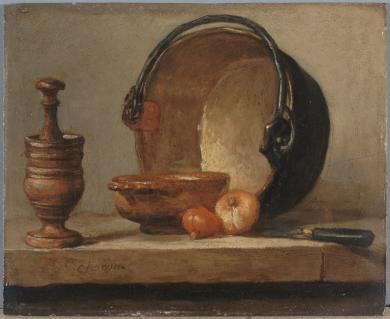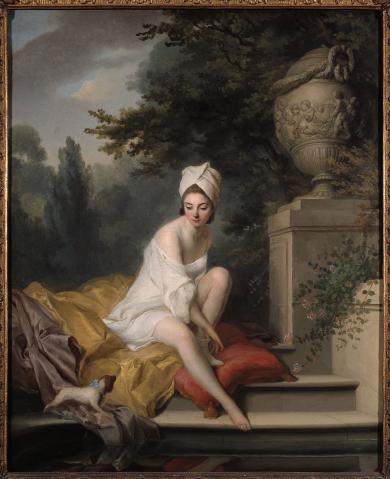Rembrandt (Rembrandt Harmensz Van Rijn, dit) (1606 - 1669)
Balaam and the Donkey
Exposé en salle
Date : En 1626
Support and technique : Peinture à l'huile
Size : H. 63 x l. 46.5 cm
Inventory number : J 95
Monogramme = chiffre : Signé en bas, au centre, du monogramme : "RH"
Date : Daté en bas, au centre : "1626"
This composition, among the first known by the Dutch master, is probably the oldest held in France. The episode in the Old Testament records how the prophet Balaam, on his way to curse the Hebrews, is saved from deception by a divine message. As his donkey pulls out of the way to avoid an angel from God, Balaam beats him several times. God himself finally intervenes by making the animal speak. The prophet, recognizing a miracle, finally accepts the signs from God and blesses Israel three times.
This rare subject seems to be a traditional one in 16th century Dutch art, and Rembrandt was certainly familiar with an interpretation by Pieter Lastman, in whose studio he did his apprenticeship. The young painter seems to have been inspired by it in several respects: the moment of the story represented in the painting and the animal’s posture - bent left paw, head turned towards its master and mouth open. However, many signs of Rembrandt's art can already be detected in this canvas. The meticulous technique and sophisticated colours already give pride of place to the central light in his mature work. The powerful play of light and shadow plunges the two characters in the background into total darkness and infuses it with the chiaroscuro dramatic force characteristic of his future style.
The dramatic tension of the scene is concentrated in the three main characters, who are almost superimposed on each other in an upward spiral. The eye moves around the central group to discover two other pairs of figures, including a turbaned head that evokes the master’s incredible tronies (the Dutch word for “face”), which are drawings of faces with singular features and striking expressions. In the painting of fabrics and drapes for the prophet's clothing, or the satchel full of leaves, we can already distinguish a unique treatment of materials, combining the rendering of details with the thickness of the paint, a liquid paste with granulation effects.
To go further
Browse the artwork in very high resolution
Download